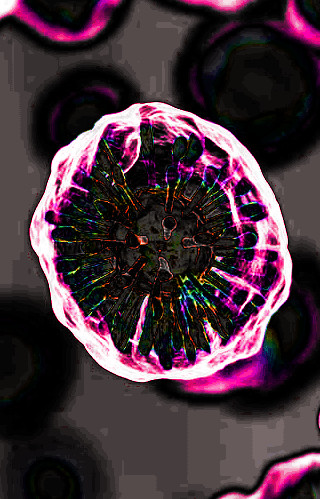Local lab produces immune cells
 An Australian research team has achieved a world first – producing human immune cells in a dish.
An Australian research team has achieved a world first – producing human immune cells in a dish.
The research combined two powerful laboratory techniques - genetic engineering and a novel way of growing stem cells - to make the breakthrough.
First, the team from Murdoch Children's Research Institute (MCRI) engineered pluripotent stem cells to glow green when a specific protein marker of early immune cells, RAG1, was switched on. RAG1 is responsible for creating the immune response to infections and vaccines.
Next, the team isolated the glowing green RAG1-positive cells and showed that they could also form multiple immune cell types, including cells required for shaping the development of the whole immune system.
“We think these early cells might be important for the correct maturation of the thymus, the organ that acts as a nursery for T-cells” said MCRI’s Professor Ed Stanley.
“These RAG1 cells are like the painters and decorators who set up that nursery, making it a safe and cosy environment for later-born immune cells,” he said.
His colleague, MCRI researcher Andrew Elefanty, said the team can use this new knowledge to test ideas about how diseases like childhood leukemia and type 1 diabetes develop.
“Understanding more about the steps these cells go through, and how we can more efficiently nudge them down a desired pathway, is going to be crucial to that process,’ he said.
The breakthrough is described in a new paper published in the journal Nature Cell Biology.







 Print
Print